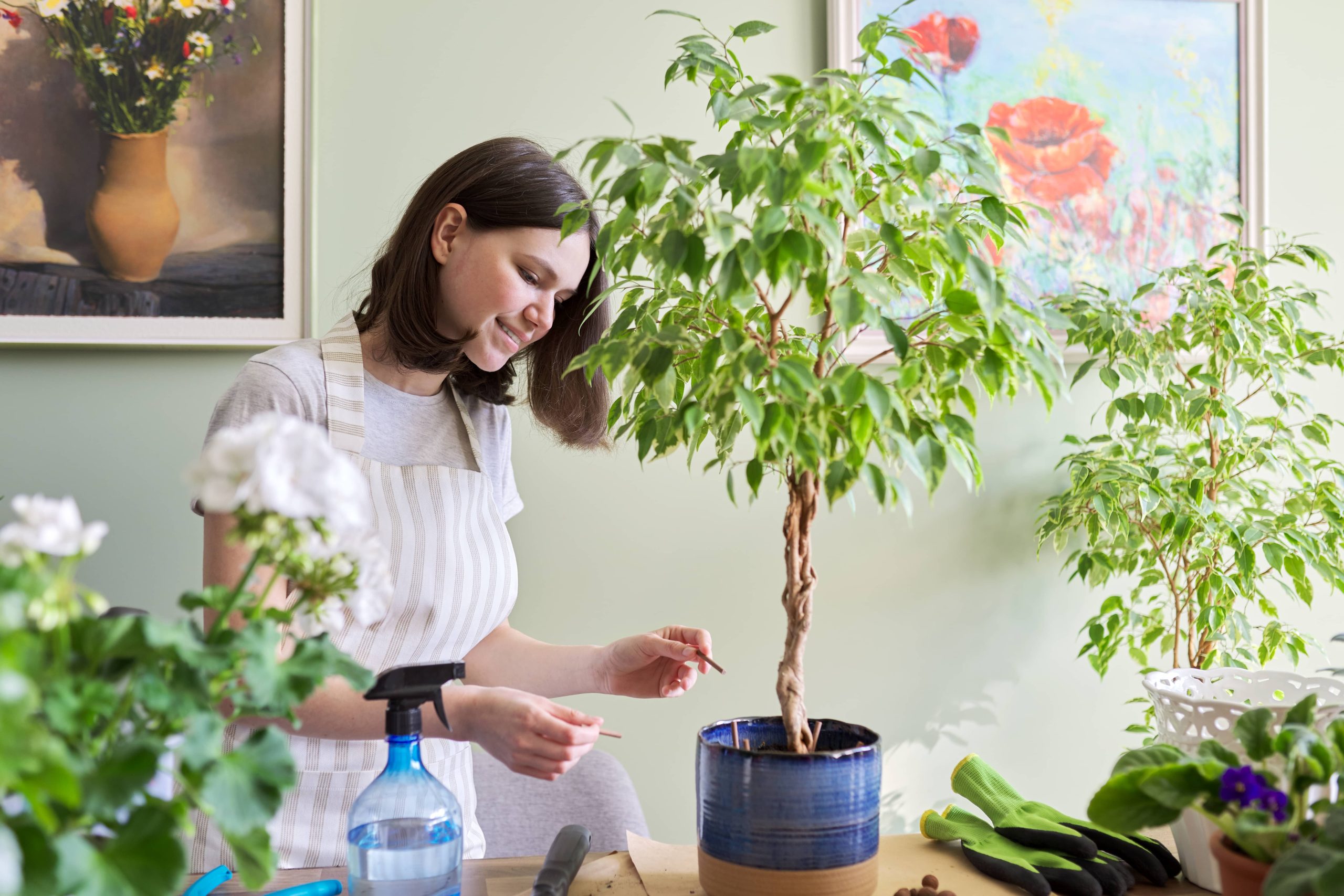
In the urban jungle of concrete and steel, we often crave a touch of nature. A living wall, also known as a vertical garden, is an innovative way to bring the lushness of the outdoors into your home, adding both vibrancy and beauty to interiors. These vertical gardens are not just a treat to the eyes; they also improve air quality, reduce noise levels, and can even help in insulating your dwelling. If you’re intrigued by the idea and want to infuse your living space with the vitality of a living wall, this step-by-step guide is your perfect starting point.
Step 1: Plan Your Living Wall
Before you start planting, you need a clear plan. Consider the following aspects:
– Location: Find a suitable wall in your home. Consider light availability, as most plants need sunlight to thrive. South or west-facing walls that receive indirect sunlight for a good part of the day are usually perfect. If you lack natural light, consider investing in grow lights.
– Size: Determine how large you want your living wall to be. Small walls can be striking, but large installations make a grand statement.
– Purpose: Decide whether your living wall will serve a specific purpose, such as beautification, air purification, or growing edibles.
Step 2: Choose Your Plants
Selecting the right plants is crucial to the success of your living wall. Consider the following:
– Environment Compatibility: Choose plants that are compatible with the indoor environment, particularly the light level. Common houseplants like pothos, ferns, and spider plants are great for living walls due to their hardy nature.
– Maintenance: Consider how much time you can dedicate to maintenance. If you have a busy lifestyle, opt for low-maintenance plants like succulents or air plants.
– Aesthetic Appeal: Mix and match different textures and colors to create a visually appealing green tapestry. For a vibrant visual aesthetic, blend flowering plants with leafy, green varieties.
Step 3: Select the Right Structure
A successful living wall rests on the right framework. Here are a few popular options:
– Modular Panels: These panels typically come with their own irrigation system, making them a great choice for large walls.
– Pocket Planters: Fabric pockets attached to a frame or mounted on a wall are easy to maintain and ideal for most spaces.
– DIY Methods: Think pocket planters, plant ladders, or even recycled wooden pallets positioned vertically.
– Hanging Pots: These are simple to install and can be customized easily, perfect for beginners.
Step 4: Installation
Once you have all your materials, it’s time to install your living wall:
– Prepare the Wall: Ensure the wall you’ve chosen can handle the weight of the plants and structure. You might need to add reinforcements depending on your wall type.
– Set Up the Framework: Follow the manufacturer’s instructions for mounting and installation. Make sure the framework is secured properly to avoid accidents.
– Install the Irrigation System: If your framework includes a built-in irrigation system, connect it properly. Alternatively, you can choose to water manually, but be consistent to ensure plant health.
Step 5: Planting
You’ve planned, selected, and installed. Now, it’s time to plant:
– Arrange the Plants: Take some time to arrange your plants in their pots or pockets before finalizing their positions. Taller plants should be placed towards the top to ensure all plants receive adequate light.
– Plant Securely: Ensure each plant is secure in its designated spot, whether in a pot, pocket, or any other container. This prevents the plants from moving or falling while providing roots ample space.
– Water Initially: Give your newly planted living wall an initial watering. Be careful not to overwater, as too much can be detrimental.
Step 6: Maintenance
Maintaining your living wall is just as important as setting it up. Here’s how to keep it in top shape:
– Watering: Regular watering is crucial. Check each plant’s requirements as they will vary depending on the species.
– Pruning: Trim back overgrown plants and dead leaves to keep your wall looking fresh and healthy.
– Feeding: Use a liquid fertilizer suitable for your plants every 4-6 weeks to ensure they receive necessary nutrients.
– Pest Control: Regularly check for pests and take action immediately if you spot any signs. Organic pesticides are the safest for indoor environments.
Benefits of Living Walls
Apart from functioning as a striking interior feature, living walls offer numerous benefits:
– Improved Air Quality: Plants filter toxins and release oxygen, contributing to better air quality.
– Reduced Noise Levels: The plants help in dampening noise, providing a quieter indoor environment.
– Energy Efficiency: Living walls can act as insulators, aiding in regulating indoor temperature.
– Mental Health: Bringing green spaces into your home is linked to improved mental well-being.
Conclusion
Creating a living wall in your home is a journey that combines creativity with nature, offering numerous aesthetic and health benefits. With careful planning, the right plant selections, and diligent maintenance, you can transform an ordinary wall into a stunning vertical garden that breathes life into your living space. Whether you choose to cultivate a wall of fragrant herbs, lush green foliage, or vibrant flowers, you’re adding a personal touch of nature that is sure to inspire and rejuvenate you and anyone who enters your home.
So, gear up and embark on this green adventure. Your living wall awaits!













